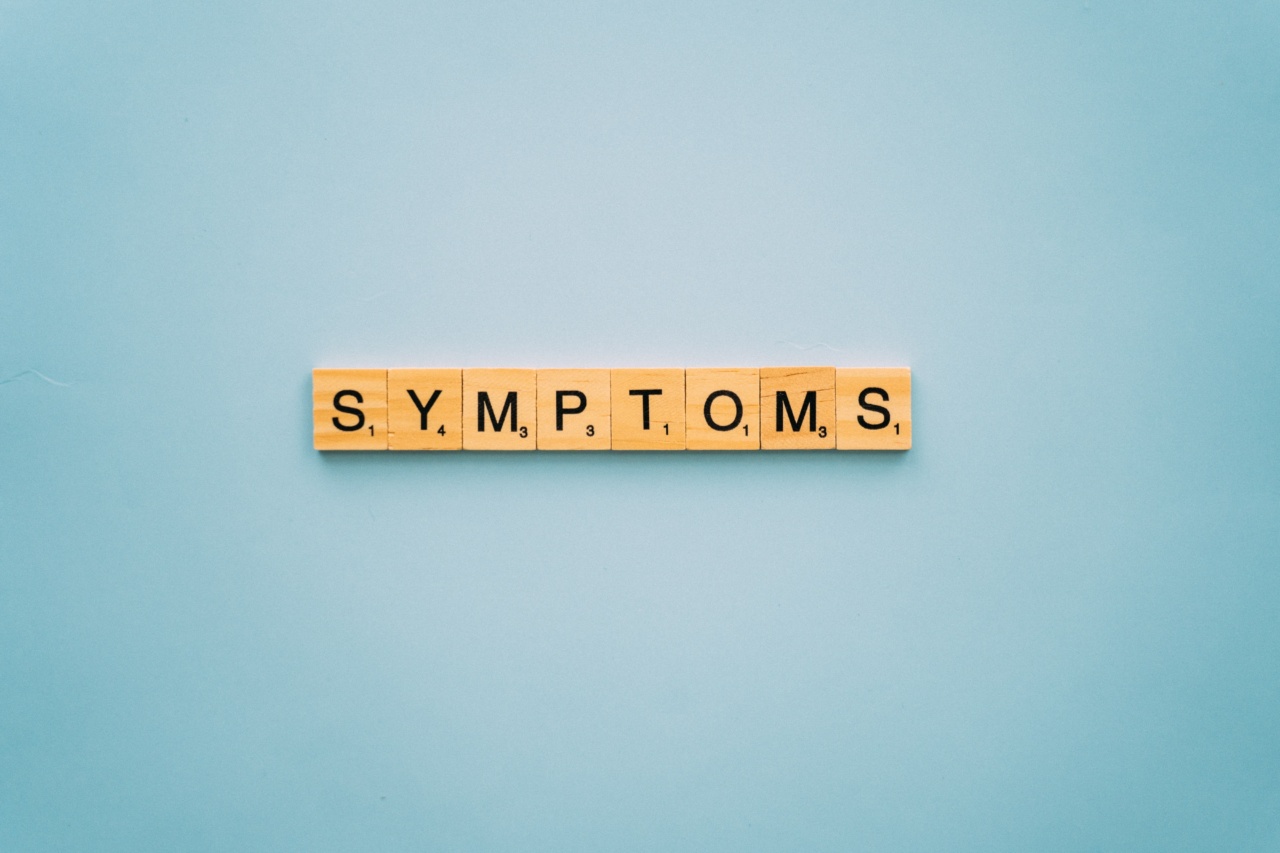Koronevas is a rare and potentially serious medical condition that affects the central nervous system. It is characterized by a variety of signs and symptoms that can vary in severity and may worsen over time.
Early recognition and prompt treatment are crucial in managing the condition and preventing long-term complications. In this article, we will explore the common signs and symptoms associated with Koronevas and discuss the possible treatment options available.
1. Muscle Weakness
One of the most prominent signs of Koronevas is muscle weakness. Affected individuals may experience difficulty in performing routine activities that require muscle strength, such as lifting objects, climbing stairs, or even walking.
This weakness may affect the muscles in various parts of the body, including the arms, legs, and trunk.
2. Tremors
Tremors, or involuntary shaking movements, are another common symptom seen in individuals with Koronevas. These tremors can affect different parts of the body, such as the hands, legs, or even the face.
The severity of the tremors can vary from mild to severe and may worsen with emotional stress or physical exertion.
3. Coordination Problems
Koronevas can also lead to coordination problems, making it challenging for individuals to control their movements. They may have difficulty with activities requiring fine motor skills, such as writing, buttoning clothes, or holding utensils.
The lack of coordination can impact daily life and may require occupational therapy to improve function.
4. Speech and Swallowing Difficulties
Some individuals with Koronevas may experience problems with their speech and swallowing. They may have slurred speech, difficulty pronouncing words clearly, or even trouble swallowing food or liquids.
These difficulties can significantly impact their ability to communicate and may require the assistance of speech therapy or swallowing evaluations.
5. Fatigue and Weakness
People with Koronevas often report feeling fatigued and weak, even after mild physical exertion. This persistent fatigue can interfere with daily activities and reduce their overall quality of life.
Managing fatigue may involve a combination of resting, pacing activities, and conserving energy.
6. Sensory Disturbances
In some cases, individuals with Koronevas may experience sensory disturbances such as numbness, tingling, or altered sensation in their limbs. These sensations can be localized or affect larger areas of the body, depending on the individual.
Sensory disturbances can cause discomfort and may require treatment strategies aimed at alleviating symptoms.
7. Vision Problems
Koronevas can also impact vision, leading to various visual disturbances. Individuals may experience blurred vision, double vision (diplopia), or difficulty with eye movements.
Regular eye examinations and appropriate interventions can help manage these visual symptoms and prevent further deterioration of vision.
8. Emotional and Cognitive Changes
Some people with Koronevas may experience emotional and cognitive changes, such as depression, anxiety, irritability, or difficulty with memory and concentration.
These changes can significantly affect their mental well-being and may require additional support through counseling or cognitive rehabilitation therapies.
9. Balance and Gait Problems
The disruption in the central nervous system caused by Koronevas can lead to balance and gait problems. Individuals may have difficulty maintaining their balance while standing or walking, which increases their risk of falls and injuries.
Physical therapy exercises and assistive devices, such as canes or walkers, can help improve balance and prevent falls.
10. Breathing Difficulties
In severe cases of Koronevas, individuals may develop breathing difficulties. This can occur due to weakness of the respiratory muscles or impaired coordination of breathing movements.
Prompt medical attention is necessary to manage these breathing difficulties and ensure adequate oxygenation of the body.
Conclusion
Koronevas is a complex condition that affects the central nervous system and presents with a wide range of signs and symptoms.
Timely diagnosis, appropriate medical interventions, and supportive therapies play a critical role in managing the condition and improving the quality of life for affected individuals. It is essential for healthcare professionals and individuals to be aware of these signs and symptoms to ensure early recognition and the most effective management strategies.





























